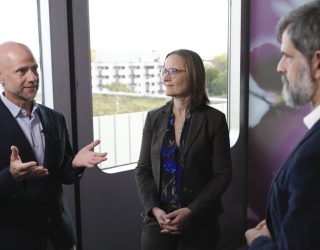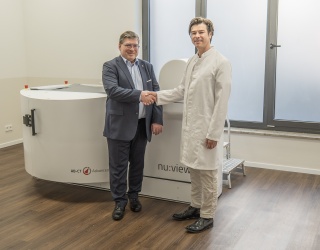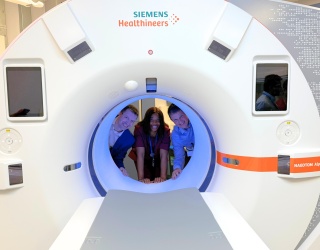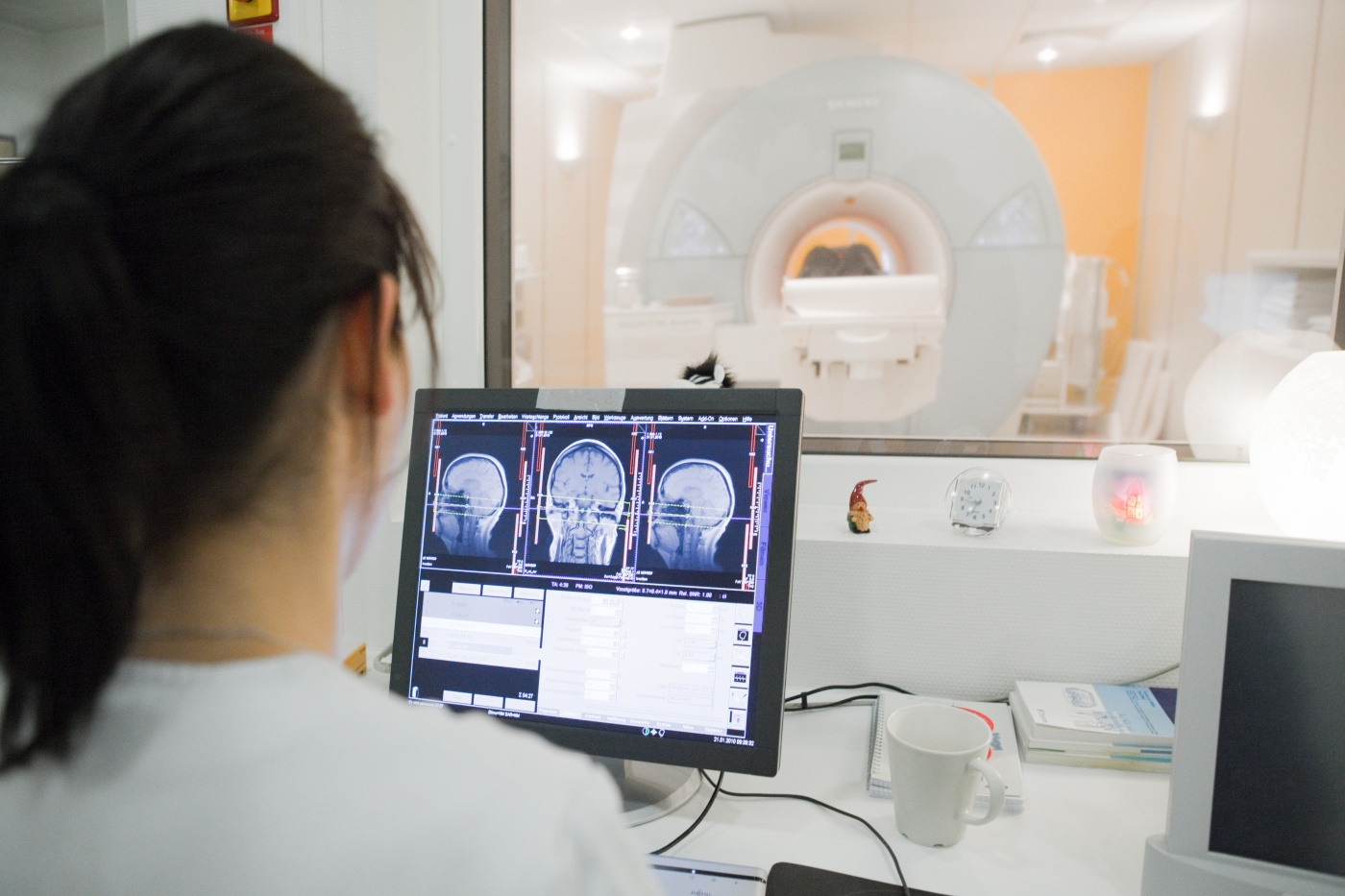
Next steps for expected commercial launch
Bayer today announced the submission of a New Drug Application (NDA) to the U.S. Food and Drug Administration (FDA) for gadoquatrane, an investigational contrast agent intended for contrast-enhanced magnetic resonance imaging (MRI) of the central nervous system (CNS) and other body regions. The application includes both adult and pediatric patients, including term neonates. The proposed dose is 0.04 mmol of gadolinium per kilogram of body weight—representing a 60% reduction compared to the standard 0.1 mmol/kg dose used with existing macrocyclic GBCAs.
If approved, gadoquatrane would become the lowest-dose macrocyclic gadolinium-based contrast agent available in the U.S. market. The submission follows promising results from Bayer’s Phase III QUANTI clinical program, which assessed the efficacy and safety of gadoquatrane across a broad patient population. Initial data from the CNS-focused QUANTI trial were shared at the European Congress of Radiology (ECR) in February 2025, with additional findings expected at upcoming scientific meetings.
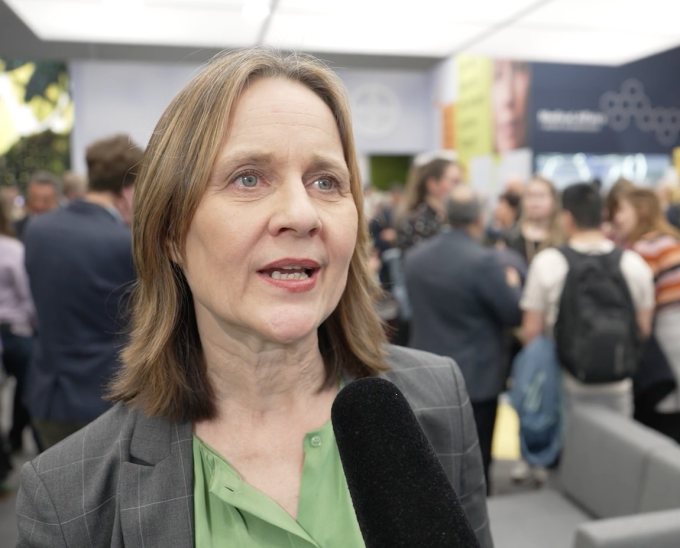
Bayer frames the innovation as a response to both clinical and regulatory calls for minimizing gadolinium exposure, particularly among patients with chronic illnesses who undergo repeated imaging over time. “As a leader in radiology, we are committed to advancing innovation in this field, including options to reduce the gadolinium dose,” said Dr. Konstanze Diefenbach, Head of Radiology Research & Development at Bayer.
Considerations for Clinical Practice
While the idea of significantly lowering gadolinium dosage is welcomed by many, some in the radiology community are interested in understanding how this reduced dose impacts image quality, diagnostic confidence, and overall clinical decision-making. Macrocyclic agents already have a well-established safety profile, so the measurable benefit of a further dose reduction—especially in terms of patient outcomes—will be a key topic of discussion as more data become available.
Potential Effects in Europe
The European imaging market may see similar regulatory developments following the U.S. application, potentially making gadoquatrane available across the continent in the near future. Radiologists and imaging centers may need to evaluate how this new agent fits into existing workflows, procurement frameworks, and clinical guidelines.
If gadoquatrane is priced at a premium, healthcare systems will need to weigh the cost-benefit equation, particularly in high-volume or resource-constrained settings. Still, for institutions focused on long-term patient safety, the reduced cumulative gadolinium exposure could represent a compelling advantage.
As the field of radiology continues to evolve with increasing scan volumes and higher demand for personalized care, innovations like gadoquatrane may offer opportunities to further refine imaging practices. The broader impact on European radiologists’ daily work will depend on the outcomes of ongoing trials, cost-effectiveness analyses, and clinical adoption trends across diverse healthcare systems.







